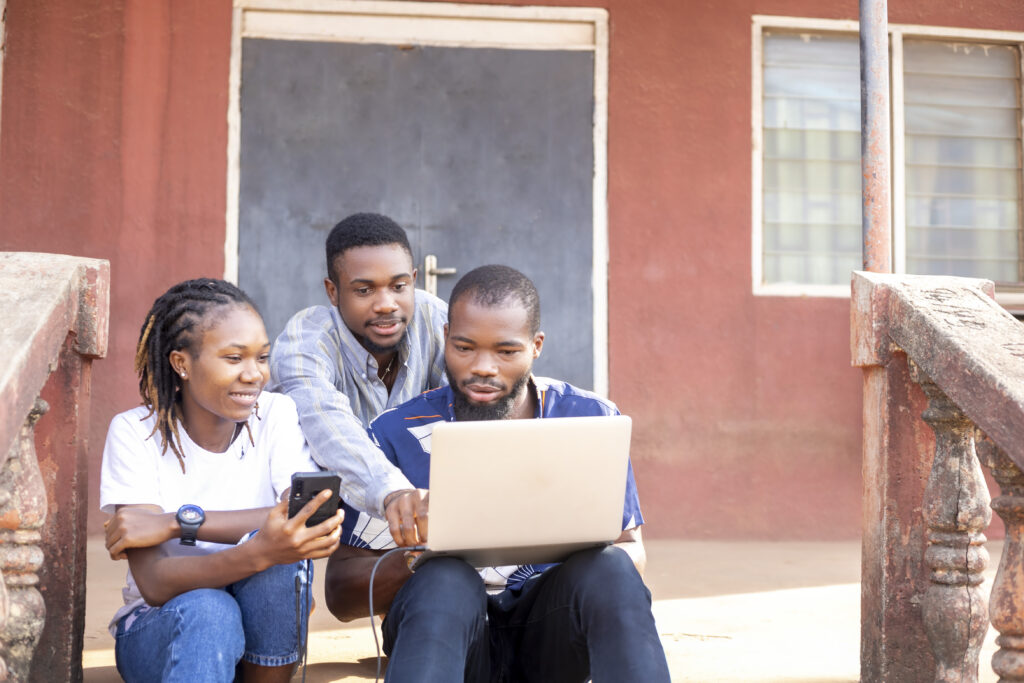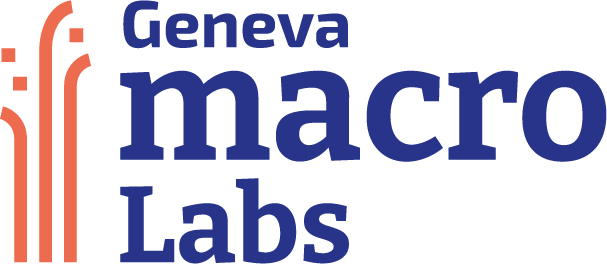Most development actors use digital communications to gain visibility, promote their activities and report about their goals and achievements, but they should also see the potential to influence behaviours and advance positive change towards the Sustainable Development Goals (SDGs).
In the digital-era, access to reliable fact-based information is a crucial need and should be considered an integral part of any holistic development approach. As a communication professional who worked two decades on media and communications strategies in response to humanitarian and societal challenges in fragile environments, I can state that providing vulnerable communities with the right information at the right time is a way of empowering them. It enables people to make the decisions most appropriate for themselves and their families and can sometimes make the difference between being a victim or a survivor.
This inclusion of communications into development programs is made possible by the growing use of internet and the high level of media equipment of vulnerable communities. Findings show that even the vast majority of refugees have phones, which they consider a lifeline. 97% of Syrian refugees possess a smartphone and spend an average of 2 hours per day on internet [1], mostly on WhatsApp and Facebook, in order to communicate with their relatives and access information addressing their most basic needs. The provision of actionable information contributes to alleviating their situation as they suffer blatant gaps at many levels: they don’t know how to find work, how to get access to education, how to benefit from healthcare services.

They are oblivious to the most basic legal documentation procedures, nor are they aware of their rights and sometimes duties. Campaigns implemented by authorities and humanitarian and development stakeholders can tackle these issues by using video, which is the most popular and engaging type of content, but they can also rely on still pictures, audio clips and infographics. As for dissemination, they can count on the promotional tools offered by platforms such as Facebook in order to target well-identified layers of audience. Against this backdrop, the “digital world” has become a tremendous opportunity to communicate with communities, even with those who were labelled “hard- to-reach” until just a few years ago. It opens up the possibility to reach large segments of population with information, and to provide innovative resources for people to learn about the SDGs.
But information is different from communication, which is more about dialogue than mere one-way media management. International development organizations, as well as NGOs and governments, should consider communication as a two-way process where information is crafted by taking into account the point of view of their audience. Indeed, a bottom-up approach grants communication with legitimacy, grassroots credibility and impact by involving the final recipients at every step of the production cycle.
“Providing vulnerable communities with the right information at the right time is a way of empowering them”
As a matter of fact, materials designed in collaboration with the audience are more likely to generate greater resonance as they will foster a stronger identification by showcasing the positive impact of development programs on the level and quality of their life. All visuals and narratives should showcase the target audience to express challenges and solutions from their own perspective.
This way, beneficiaries are more inclined to identify themselves with the characters of the campaigns because they are similar to them: they speak with the same accent, use the same wording and respect the same cultural norms. The stories put them at ease and eventually increase their awareness of the positive impact of the development programs. As they develop their ownership of communications, communities turn into information multipliers, who engage, comment, re-post content, and thus become ambassadors of change.
Great success stories by leading and innovating actors start to emerge, but the full potential of communications remains to be tapped by the vast majority of development and humanitarian stakeholders, who should put bottom-up digital communications at the heart of change to alleviate poverty, improve health and education, reduce inequalities, protect the environment, spur economic growth… and finally contribute to inclusive sustainable development.
Louis Meunier, Communications Expert, Managing Director Taimani Communications
[1] « Information needs of Syrian refugees and host communities in Jordan, Lebanon and Turkey », study implemented by Altai Consulting on behalf of CFI (2017 / 2019)




